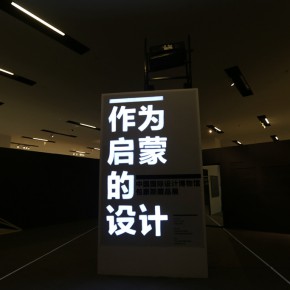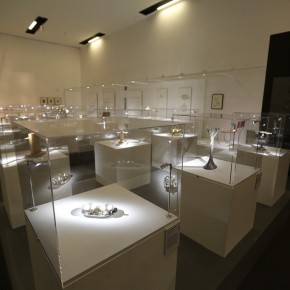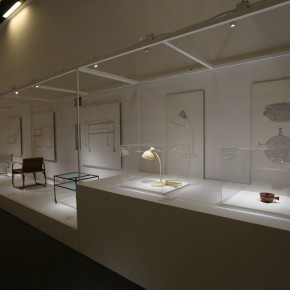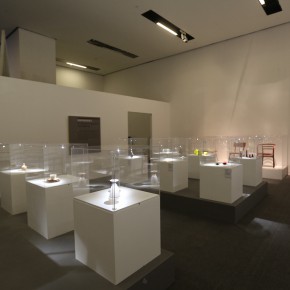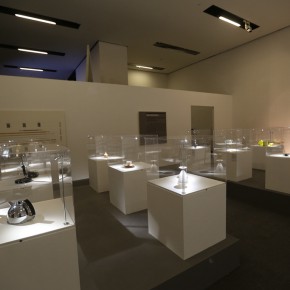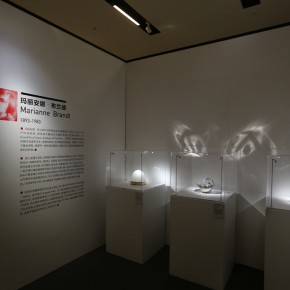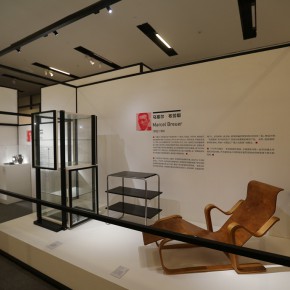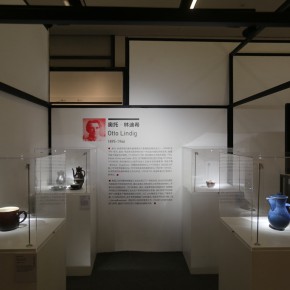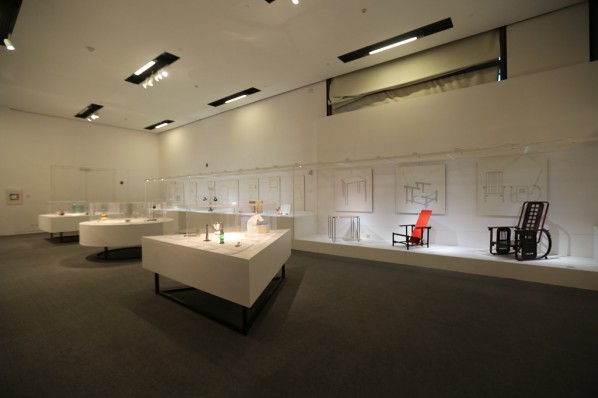
Xu Jiang, President of China Academy of Art
What is the Bauhaus? The answer may be unclear to the general audience, but it is among the professional “ABC” for those people setting foot in design and architecture majors. The influence of the Bauhaus can be seen everywhere in our cities today. Actually, Bauhaus is a German word in which “bau” means to “to build” and “haus” stands for “house”. If you ask about Bauhaus in Germany, you will be led to architecture shops or marketplaces nearby. Only by asking about the Bauhaus School will the Germans, with a half surprised and half satisfied smile on their faces, understand what you are interested in is the historical school of Bauhaus.
Properly speaking, the Bauhaus refers to the Bauhaus School founded last century in Weimar, Germany. Although it only existed for 14 years, it today enjoys a widespread reputation. Most of its ideas and the associated stories of its key figures are among the legends of history being used in the textbooks of design and architecture. There are three museums and a great number of research institutions of the Bauhaus in Germany. After World War II, the talents of the Bauhaus participated in the modernized construction of Chicago, which formed the “New Bauhaus” in history. In 2011, in order to push forward the construction of the “Design Capital” and fundamentally improve the quality of “made-in-China” productions, the Hangzhou Municipal and the Huangzhou government provided the China Academy of Art with a huge investment to acquire some 7,000 pieces of systematic collections of international design works, including hundreds of the original works created by the artists from the Bauhaus. The Bauhaus exhibition and its book series provided at this time are the academic project of systematic integration and introduction of the design ideas and art. With so many material and financial resources invested, some people may ask: What exactly can Bauhaus bring us?
First of all, the Bauhaus will bring us a certain kind of fundamentally innovative idea. Though the Bauhaus was not large, it was the catalyst for the melding of thoughts. At the entrance of the Bauhaus Museum at the China Academy of Art, there stands an oversized image, a wood-cut typical German rhombic cathedral, which is a reflection of the Bauhaus declaration made by the Bauhaus master Lyonel Feininger. On March 20th, 1919, Walter Gropius vowed in The Bauhaus Declaration that” We are to set up a new designers’ organization, in which no sense of occupational hierarchy between craftsman and artist exists. We will build a “Future Palace” to combine architecture, sculpture and painting at the same time, and take it to the top of the world through hundreds of thousands of art workers.” This declaration reveals the building principle of the Bauhaus to combine art and technology, emphasizing both handcraft and art, and uniting creation and manufacture. The eagerness for the future palace makes the Bauhaus an idea, a source of new thought, and an artistic movement to change history. It seems that the declaration of the Bauhaus is known for all today, but the spread, construction and realization of its spirits still have a long way to go.
In addition, Bauhaus will bring to primary and fundamental aesthetic thinking. The Bauhaus School created the earliest design culture for the public with its challenging and reforming sprit. The reformation of the approach to materials and beautification of the structure was/is emphasized to create a movement toward simplification. The idea of “l(fā)ess is more” in construction pushed forward the standard of the machine aesthetic, advocated the soul of the industrial design and marked a new Utopia of aesthetics. Some people say that we need Steve Jobs today instead of Bauhaus. However, what they do not know is that the beauty of iPhone’s thick shell with people’s aesthetics has actually been formed through the physical experience brought by the products created under the influence of this idea.
What’s more, the Bauhaus will give rise to revolutionary thinking for education. On the one hand, the Bauhaus paid attention to the openness and impact of thoughts. On the other hand, it empathized with the training and practices of handcraft. The students did material work and trained toward unification of body and heart to understand the meaning of construction and to make dauntless creations in the numerous Bauhaus workshops. The sketch teaching of the Basel Design School was popular in the design education of China thirty years ago, while the origin of the educational system was from the education plan of Johannes Itten, a master of Bauhaus. The revolution in primary education takes us back to the Bauhaus era to see its broad perspective, spirituality and cultural connotation of primary education. It also makes us worried for the predominant departmental teaching and the improvidence inherent in the separation and disconnection within occupational education.
The Bauhaus is a mysterious package and it holds a toolbox of universal thoughts. In 1945, Walter Gropius presented a speech on “community restructure” in Chicago. He stressed that there was no segmentations for architecture, society, politics and education, and that community planning should start from cultivating the “social soil”, while the improvement of the city should start from the nearby community centers. The “Future Palace” that Gropius mentioned is experiencing profound changes and is changing the world around us.
About the exhibition
Duration: September 28 – November 8
Venue: The National Museum of China
Host: Hangzhou Municipal Government, China Academy of Art (CAA)
Organizer: China Design Museum. Bauhaus Institute of CAA
Supporter: Hangzhou Customs District People’s Republic of China, Beijing Design Week
Chief Planner: Xu Jiang
Chief Curator: Song Janming, Hang Jian
Curator: Zhang Chuanyan, Wang Yang, Yao Zhijie
Courtesy of the China Design Museum, Bauhaus Institute of CAA.


